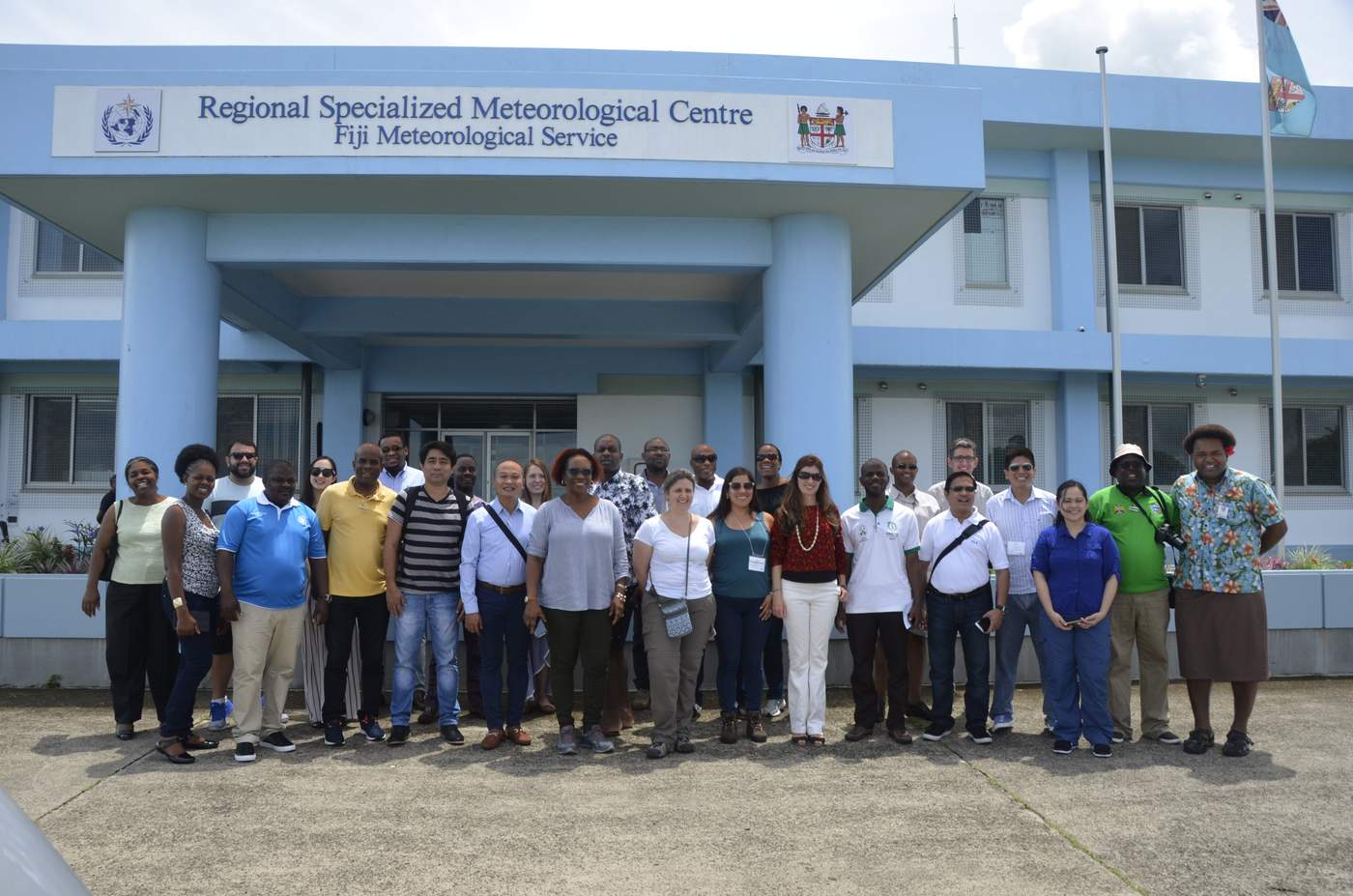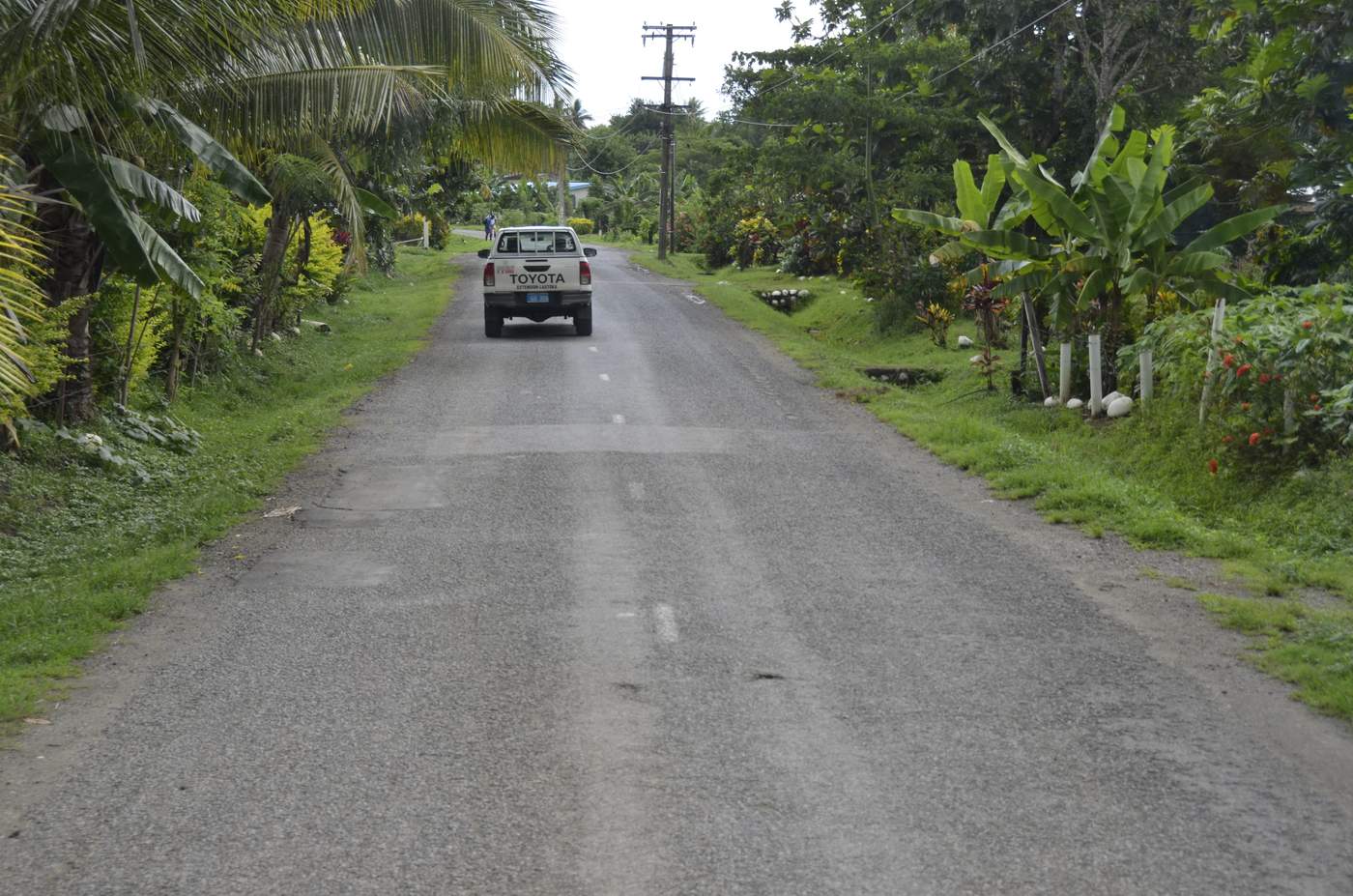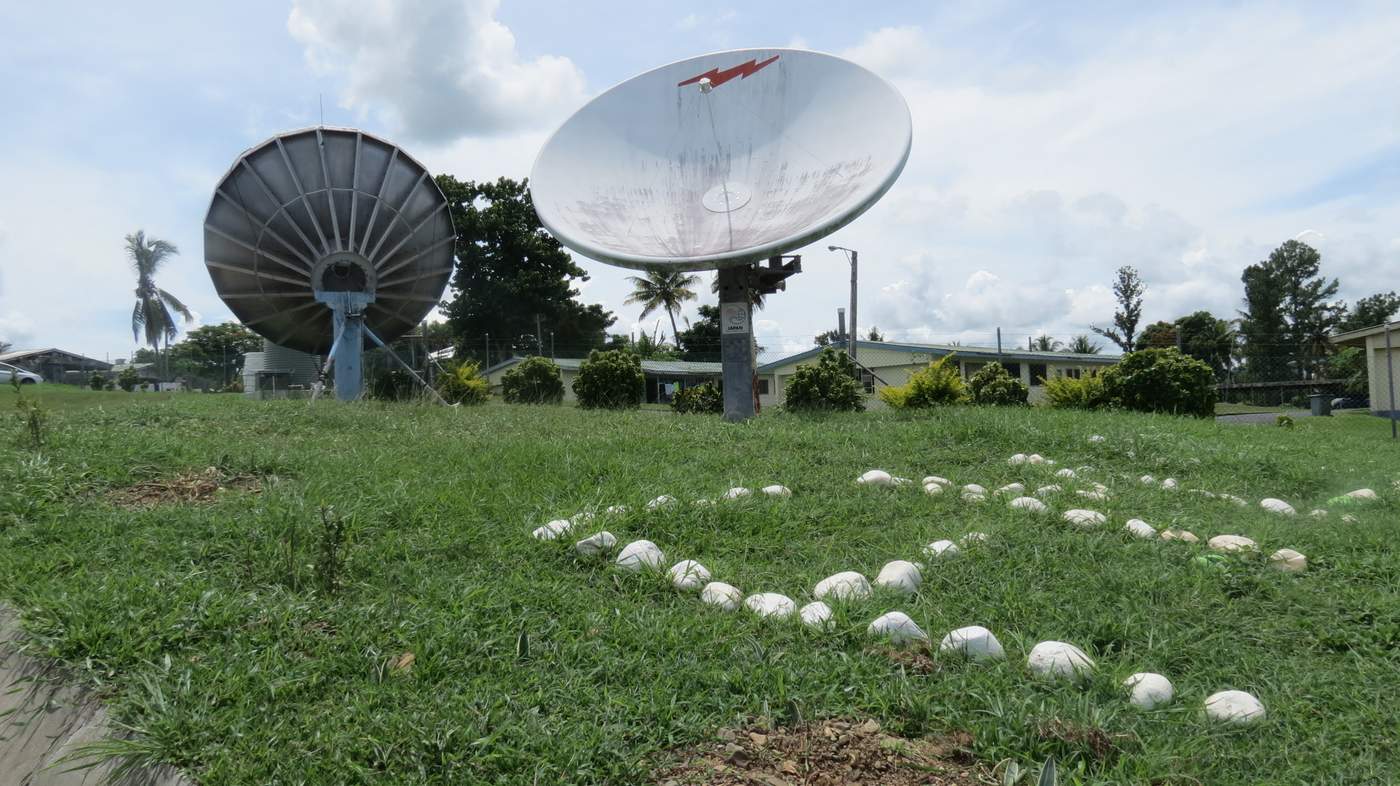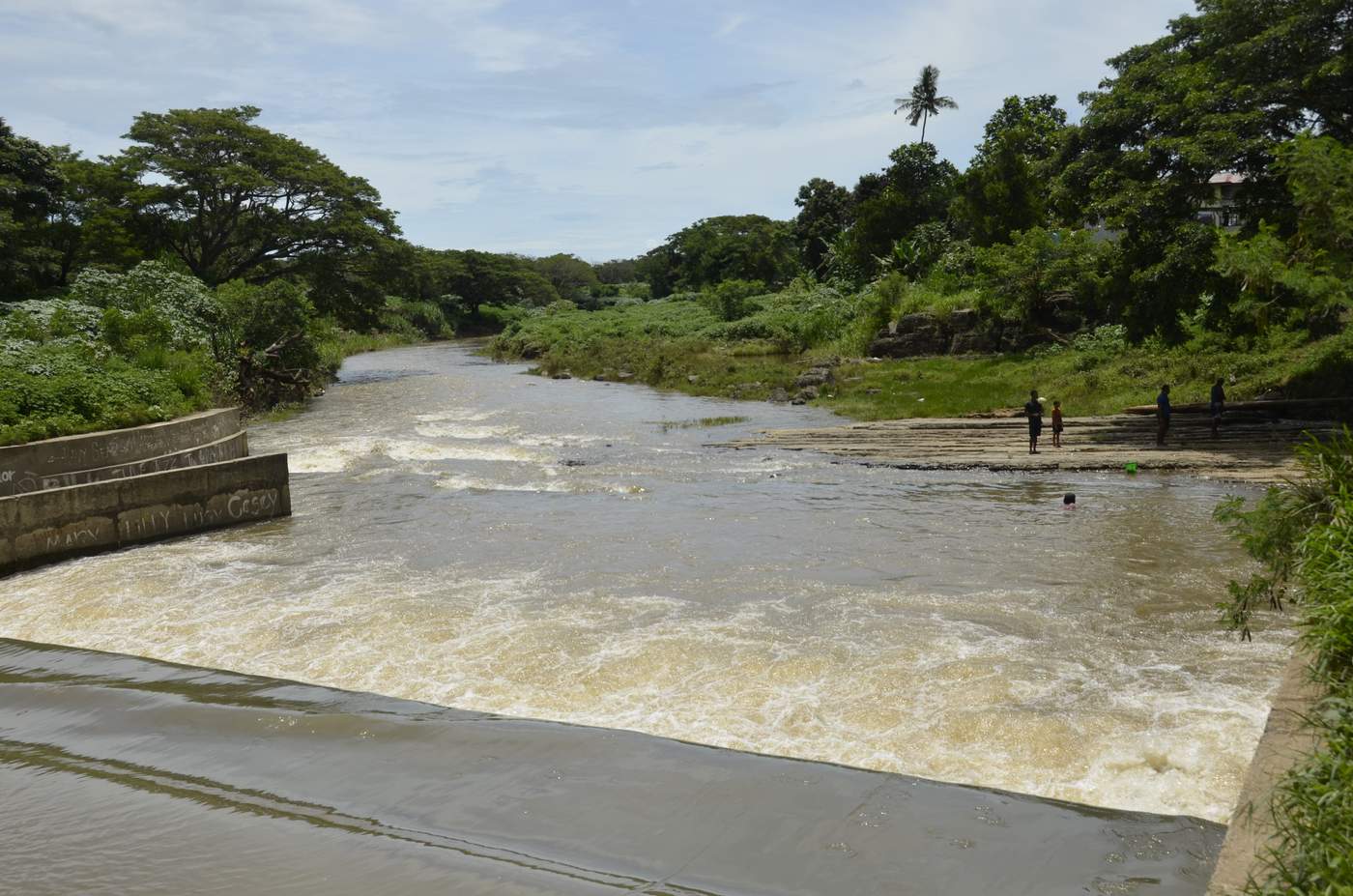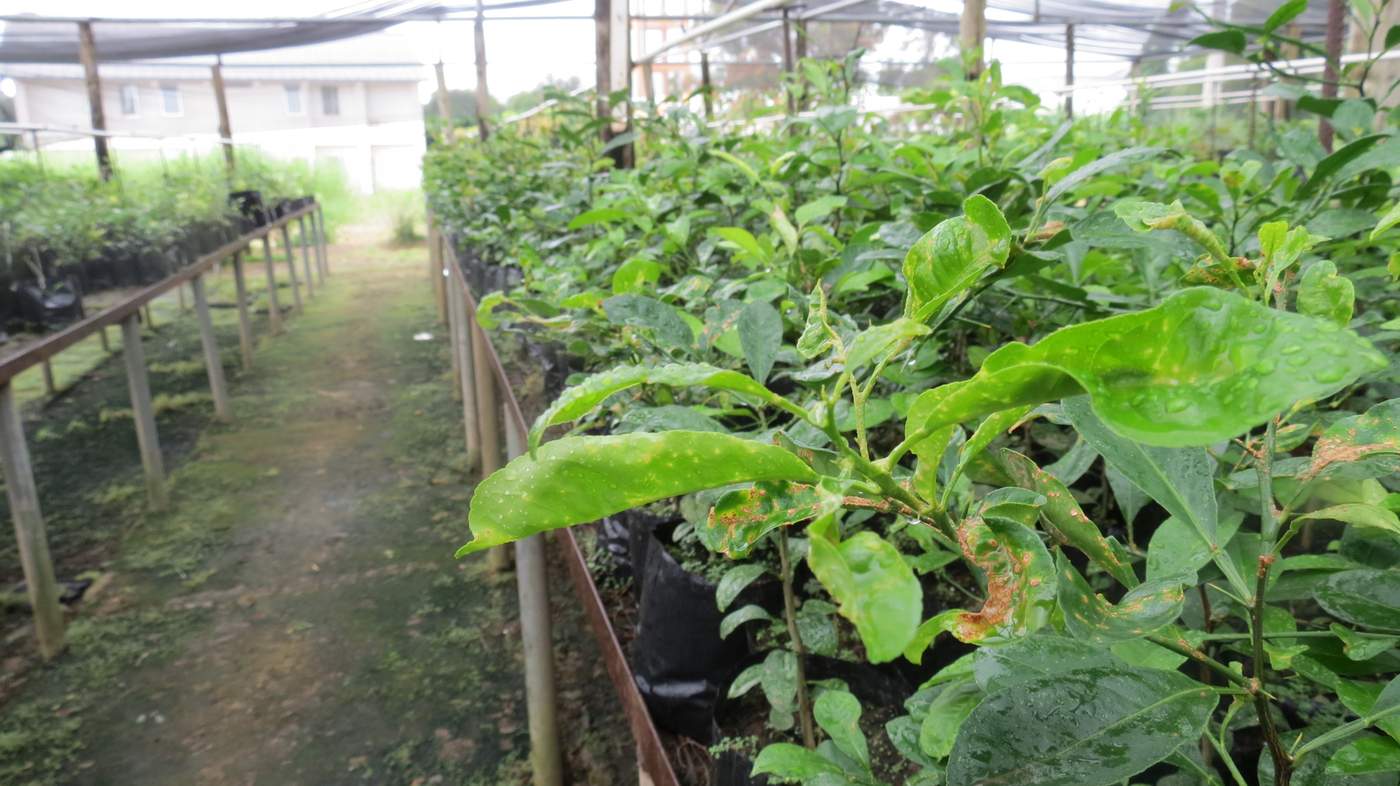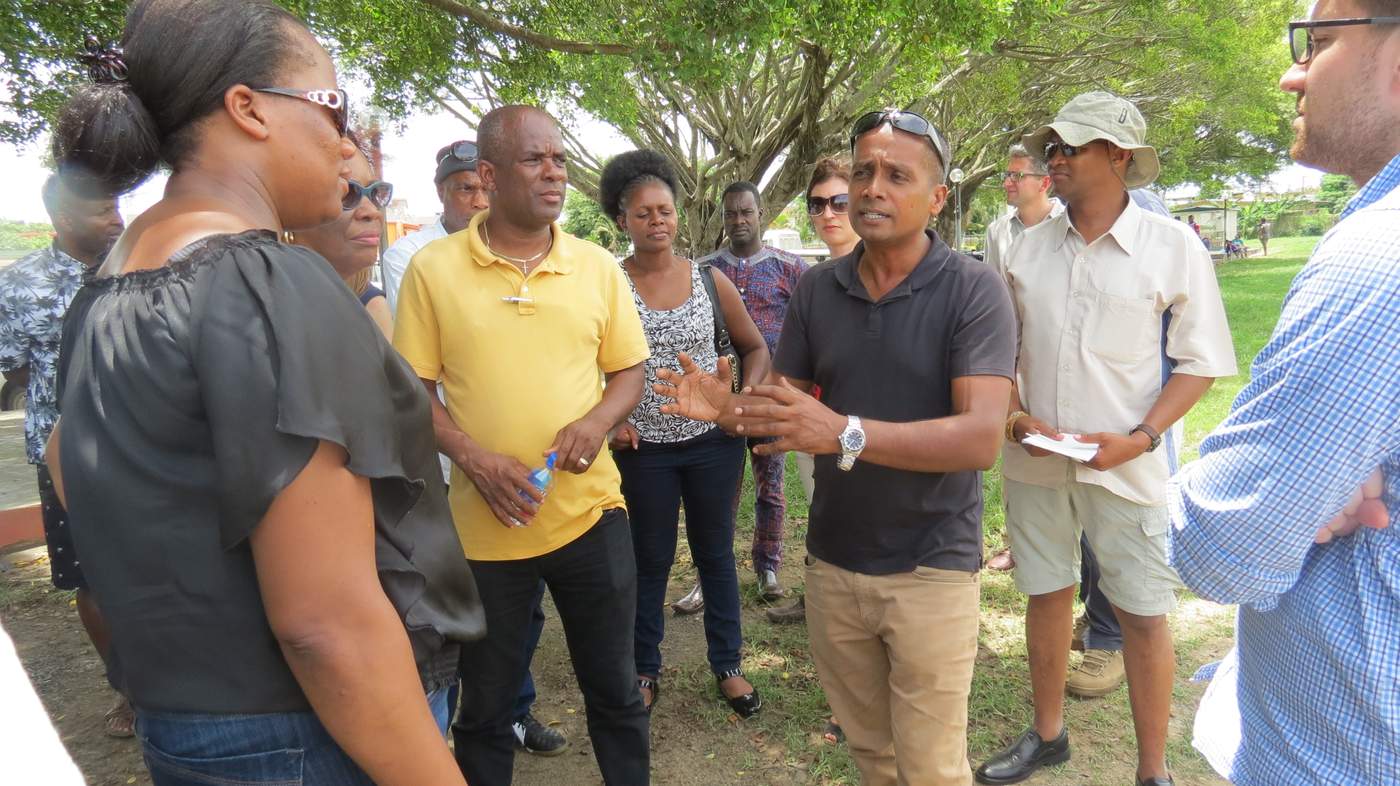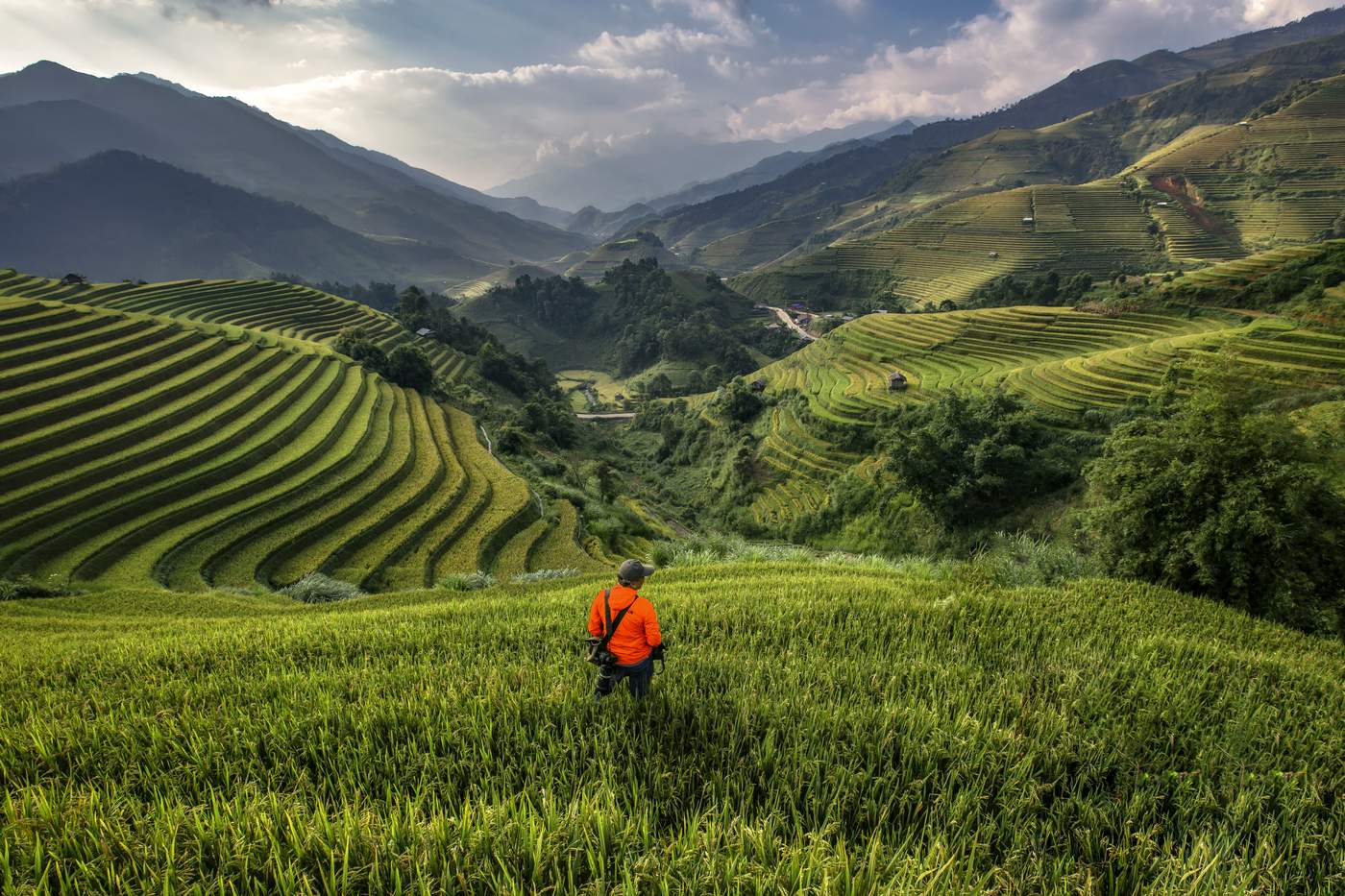NADI, Fiji – Perched at the front of the tour bus, Eroni Bole—or “Ronnie” as he likes to be called—sang out his wisdom to an attentive group of 30 climate change adaptation specialists from 10 countries.
“I’ll tell you something, family,” Ronnie boomed. “Fiji is one of the most biodiverse countries in the South Pacific.”
The passengers nodded in agreement. For these adaptation practitioners, attention to topics like biodiversity was paramount.
The group of delegates, from more than 20 different countries, had come together for a week-long forum on national adaptation plan (NAP) processes in Nadi, Fiji, co-hosted by the Government of Fiji and the NAP Global Network. They represented a variety of sectors and ministries—from finance and the environment to gender mainstreaming— and aimed to exchange lessons with one another about their respective countries’ strategies and actions to prepare for the impacts of climate change.
Ronnie told the bus: “Family, 10 per cent of the flora and fauna found in Fiji are not found anywhere else in the world.”
Sounds of apprehension and approval were murmured throughout the bus.
As part of the workshop, the adaptation specialists ventured to learn firsthand about integrated water resource management and climate-resilient agriculture in Fiji on a day trip organized and led by Vinesh Kumar, PhD Candidate for the Pacific Centre for Environment and Sustainable Development. They explored the Fiji Meteorological Service and the Legalega Research Station, and discussed how Fiji is adapting to the impacts of droughts and floods in the area.
From the helm of the bus, Ronnie—sporting a bright blue bula shirt, a traditional sulu skirt and a bright red flower tucked behind his ear—provided additional information on Fijian culture between field visits.
“It is very important that you are here, family,” Ronnie insisted. “Let me tell you an unwritten rule we like to say here.”
He leaned in: “Something is only yours if you share it.”
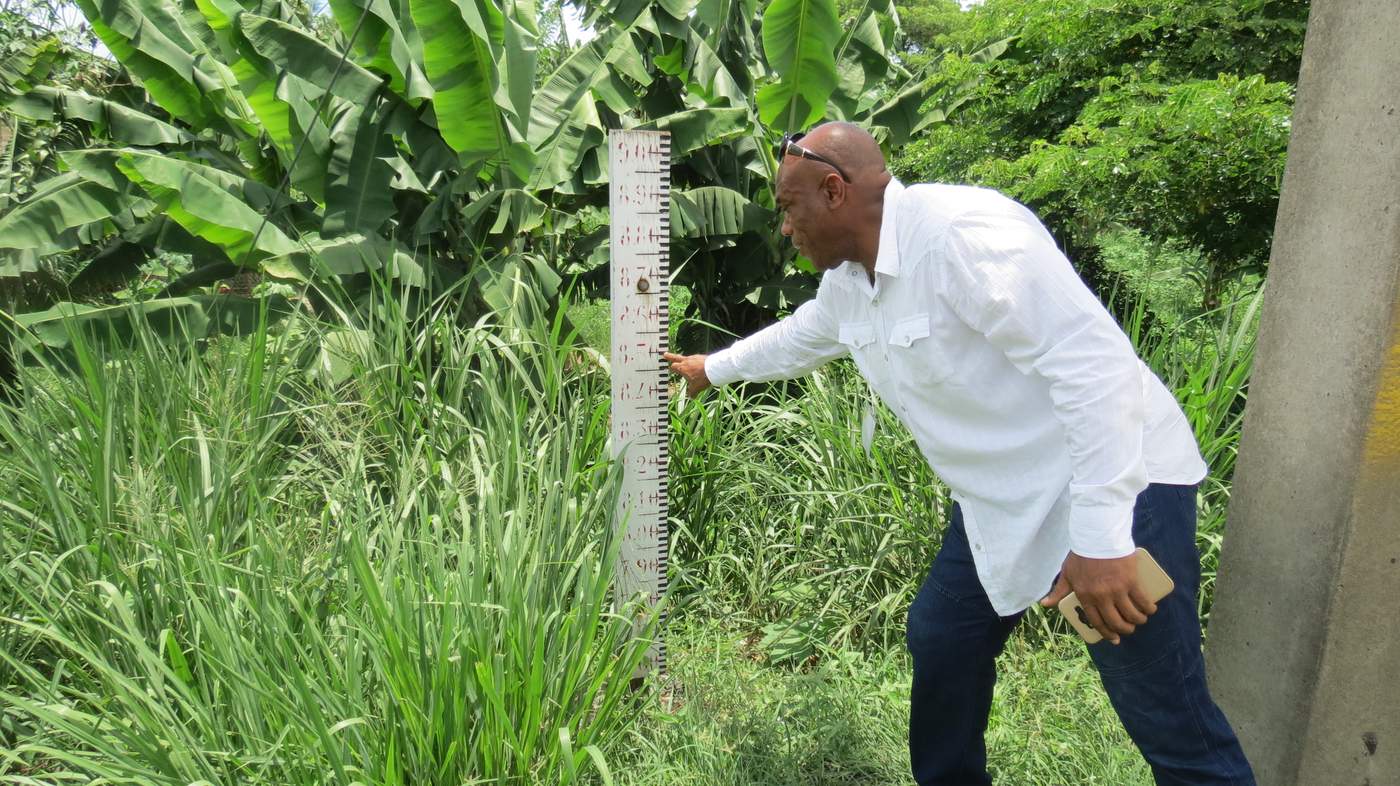
Basil Forsythe, representative from Jamaica, analyzes the flood lines at the Nadi Town bridge.
After visiting Nadi’s town bridge, the Vatutu retention dam and Nadi’s backroad bridge to examine the area’s watershed management approach, the bus of climate adaptation specialists arrived at the Legalega Research Station.
Sitting just outside of Nadi, the Legalega Research Station was originally built in 1970 to support sugar cane farming. Now it hosts plant life of every kind, from citrus plants and mangoes to mushrooms.
Participants from Jamaica and Grenada pointed out some of the similarities between the flora and fauna in Fiji and their home countries.
“Yes, family!” replied Ronnie to the entire group, his face splitting into a smile, “You are all Fijians, without a passport!”
Inside one of the station’s greenhouses, a researcher demonstrated how to graft citrus plants. According to Kumar, the station houses more than 27 varieties of citrus plants, all of which can be grafted onto one tree. Citrus plants, in particular, take about 18 days to merge. This technique is used as an adaptation measure to reduce the amount of time that trees need to bear fruit, to produce fruit on smaller trees and to increase trees’ resilience by preventing fruit loss. Once grafted and merged, the researchers sell the plants to Fijian farmers throughout the region.
The agricultural sector, including crop production of fruits and vegetables, employs 21 per cent of the Fijian working population. Aside from citrus plants, as noted above, Fiji also produces cassava, dalo, coconut, pineapple and rice, among others.
Agriculture is a priority sector to better prepare for climate change for many countries engaged in the national adaptation plan process.
Fiji’s participation and role as host for this year’s TTF, therefore, was significant to demonstrate not only the vulnerability of small island states but also its capacity to act proactively and innovatively in adaptation planning for agriculture.

